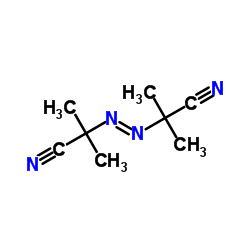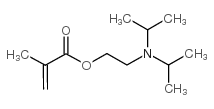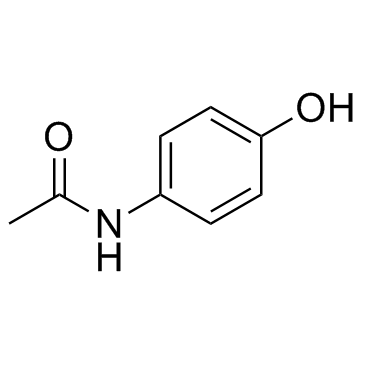| Structure | Name/CAS No. | Articles |
|---|---|---|
 |
Sodium hydroxide
CAS:1310-73-2 |
|
 |
sodium chloride
CAS:7647-14-5 |
|
 |
2,2'-Azobis(2-methylpropionitrile)
CAS:78-67-1 |
|
 |
Ethanol
CAS:64-17-5 |
|
 |
Acetone
CAS:67-64-1 |
|
 |
N-hexane
CAS:110-54-3 |
|
 |
Acetonitrile
CAS:75-05-8 |
|
 |
2-DIISOPROPYLAMINOETHYL METHACRYLATE
CAS:16715-83-6 |
|
 |
Methanol
CAS:67-56-1 |
|
 |
4-Acetamidophenol
CAS:103-90-2 |